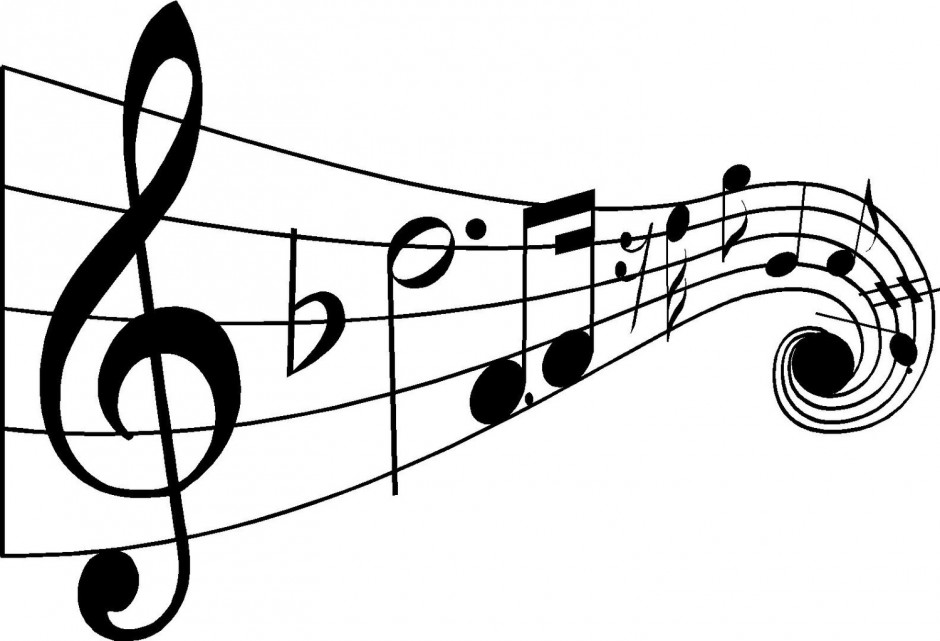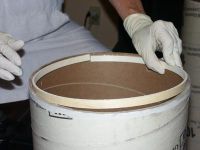Let It Shine
/
I couldn't resist posting this great video I came across of "This Little Light of Mine" being sung at the University of New Hampshire's commencement. How great is it to think that the gift of music you are giving your children now is something they will be able to continue to enjoy for the rest of their lives!
We listened to a jazzy version of "This Little Light of Mine" in class. It was recorded by the Chris Barber Jazz Band if you are looking for the recording to use at home.
When we sang Los Fandangos in class we first put the clapping rhythm in our hands and then in our feet. The ability to put a beat or rhythm below your mid-line is called the cephalocaudal trend.
Here is some more information about how rhythm develops.
We are all born with ability to move and, if nurtured in a proper developmental environment, that movement will change from our own rhythm to one that matches the music we hear and we are making. We can first express rhythms with our voice, then we learn to put that rhythm in the top half our bodies, and lastly we learn to express it in the lower half of our bodies. This is called the cephalocaudal trend.
"The cephalocaudal trend is the prenatal growth from conception to 5 months when the head grows more than the body. It is also the trend of infants learning to use their upper limbs before their lower limbs."
Some people never develop the ability to keep the beat in their feet. Whether you can keep a beat in your feet or not you will help your child develop this ability simply by moving your feet to the music. Even if your dance ins't "correct" you are still showing your child that it is OK and good to dance and move. So turn up the music and dance this week at home!
We listened to a jazzy version of "This Little Light of Mine" in class. It was recorded by the Chris Barber Jazz Band if you are looking for the recording to use at home.
When we sang Los Fandangos in class we first put the clapping rhythm in our hands and then in our feet. The ability to put a beat or rhythm below your mid-line is called the cephalocaudal trend.
Here is some more information about how rhythm develops.
We are all born with ability to move and, if nurtured in a proper developmental environment, that movement will change from our own rhythm to one that matches the music we hear and we are making. We can first express rhythms with our voice, then we learn to put that rhythm in the top half our bodies, and lastly we learn to express it in the lower half of our bodies. This is called the cephalocaudal trend.
"The cephalocaudal trend is the prenatal growth from conception to 5 months when the head grows more than the body. It is also the trend of infants learning to use their upper limbs before their lower limbs."
Some people never develop the ability to keep the beat in their feet. Whether you can keep a beat in your feet or not you will help your child develop this ability simply by moving your feet to the music. Even if your dance ins't "correct" you are still showing your child that it is OK and good to dance and move. So turn up the music and dance this week at home!










